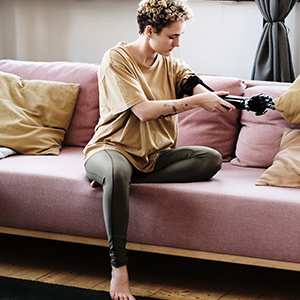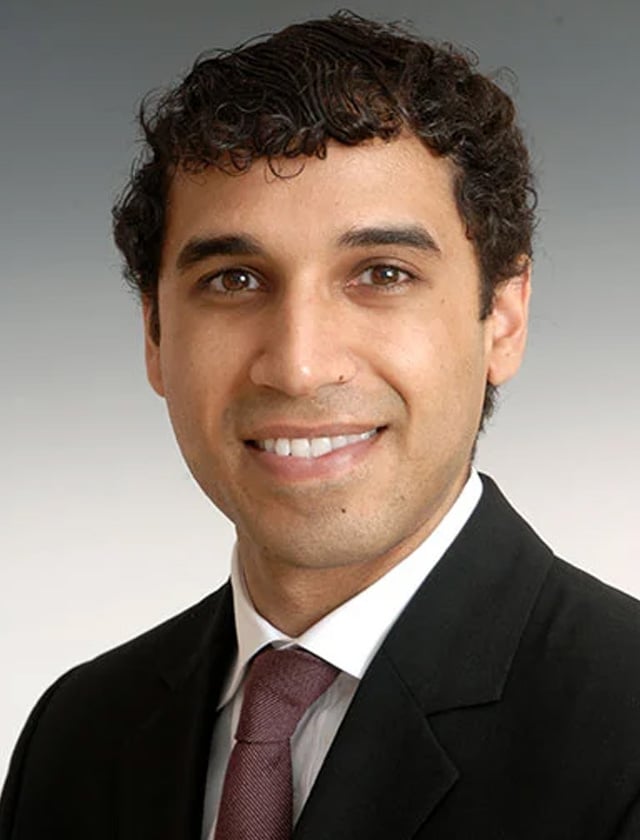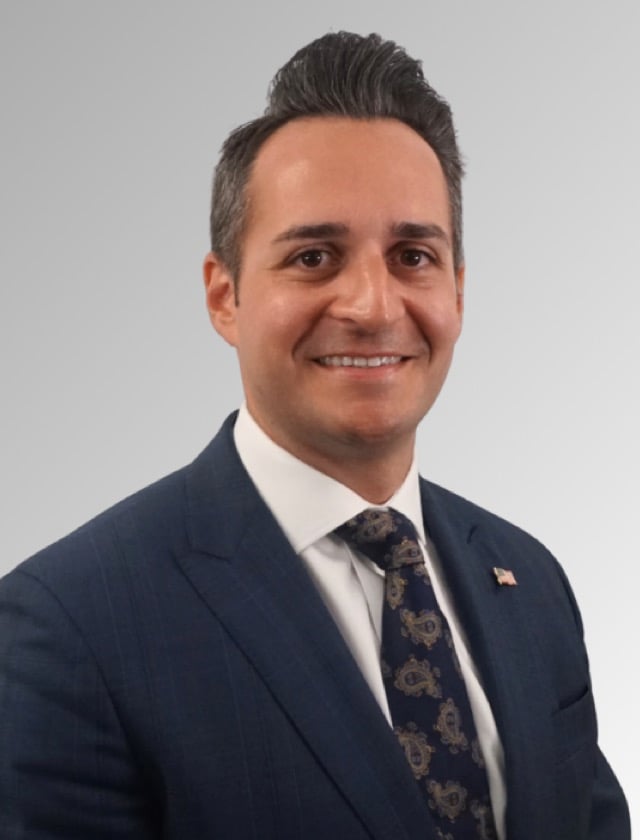What is Targeted Muscle Reinnervation (TMR) Surgery?
Adjusting to life after an amputation is a monumental enough task without the added burden of chronic phantom limb pain. Targeted Muscle Reinnervation (TMR) surgery is an advanced treatment option that has been shown to improve the quality of life for many amputee patients. Depending on when you get the surgery, it can reduce or eliminate phantom pain or prevent it altogether.
What is TMR Surgery?
Targeted muscle reinnervation (TMR) surgery is a treatment for amputee patients suffering from phantom limb pain. It can occur at the same time as or after an amputation to prevent painful neuromas and reduce the chance for chronic pain to occur. Targeted muscle reinnervation also helps amputee patients improve prosthetic control and makes wearing a replacement limb more comfortable.
Before recent advancements in nerve reconstruction, standard surgical procedures for phantom limb pain removed damaged nerves and buried them into adjacent muscles, which left an opportunity for neuromas to grow, among other complications. Long-term pain relief was not common with these procedures.
The Benefits of TMR Surgery for Phantom Limb Pain
The success rate of targeted muscle reinnervation is much higher. A clinical trial has shown that TMR surgery immediately improves phantom limb pain and trends toward continuous residual limb pain relief, which is a better outcome when compared with conventional neurectomy.
For qualified patients, TMR surgery offers benefits that can radically improve their quality of life and help them return to everyday activities.
- Eliminate or significantly improve phantom limb pain

- Prevent the formation of neuromas
- Make prosthetics more comfortable and easier to control
- Decrease reliance on pain medication and other therapies
- Reduce the risk of opioid addiction
The Benefits of TMR Surgery for Prosthetic Limbs
By rerouting nerves from the residual limb to nearby muscles, TMR enables individuals to harness their own neural signals to control the movements of their artificial limbs. This groundbreaking technique allows for a more intuitive and natural interaction between the individual and their prosthesis, including:
- Enhancing their ability to perform intricate tasks
- Regain a sense of proprioception.
- Improved dexterity
- Greater range of motion
Ultimately, these benefits allow patients to experience greater independence and lead a significantly enhanced quality of life.
How Much Does TMR Surgery Cost?
Healthcare expenses for amputee patients undergoing TMR surgery are comparable to costs for other treatment plans. The exact cost of TMR surgery will depend on your unique needs and insurance plan.
Recovery and Side Effects of TMR Surgery
After the procedure, most patients will remain in the hospital for 1-5 nights to recover. Surgeons and nurses will provide instructions on how to care for the incision area and let you know what to expect throughout each step of your recovery. In the weeks following, your surgeon may schedule a few follow-up appointments to monitor how the surgical site is healing and may recommend physical or occupational therapy to help you rebuild your mobility and relearn how to do everyday activities.
Pain is common after TMR surgery. The surgical site may feel sore, stiff, achy, and tender for up to six weeks post-operation. Nerve pain may fluctuate in the first few weeks of recovery but should continuously improve in the six months following surgery. During this time, your care team will prescribe medication to you manage pain and may recommend complementary therapies to enhance the healing process.
A majority of TMR surgery patients can wear a prosthetic and return to their daily activities within six weeks after surgery. While every surgery comes with risks, complications from TMR procedures are rare because they are performed by highly specialized surgeons.
When Was Targeted Muscle Reinnervation Invented?
Targeted muscle reinnervation was invented in the early 2000s with the goal of helping amputee patients gain better control over upper limb prosthetics. However, it was soon discovered that the procedure also helps promote healthy, organized nerve and muscle growth that relieves phantom limb pain.
Are you a candidate for TMR surgery?
If you’re experiencing severe phantom limb pain or a prosthesis that hinders your ability to do everyday activities, contact the Institute for Advanced Reconstruction and schedule a consultation to find out if you qualify for TMR surgery. As some of the only surgeons in the world with the expertise to perform TMR surgery, they are committed to their mission of changing patients’ lives by relieving their pain and helping them return to their daily lives.
Request an appointment to learn more about Targeted Muscle Reinnervation Surgery.













